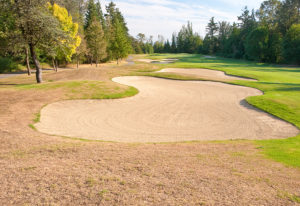
When managing a golf course, it’s important to be prepared for the unexpected, especially when it comes to water. You never know when something like a pipe failure, a fire, or in most cases, lack of rainfall, will affect your course’s water supply. Since a golf course uses, on average, about
312,00 gallons of water per day, it’s best to create a water-management plan. In fact, it’s often required by the state for courses to have this. If you wait until a drought occurs, you’re too late. Your course will need to have reduced water use long before your area is actually in a drought.
 As the pandemic rages on across the country, businesses everywhere are hurting—including golf courses. But now in the North, the weather has turned cold, so playing golf is not as appealing to players as it once was. With the loss of revenue from the past year, it can be tempting for courses to want to push it—keeping their course open longer than usual, hoping for a warmer day here and there so the die-hards may stop by and squeeze in some additional rounds. But keeping the course open through the winter months is hard. There are fewer daylight hours and difficult weather conditions to contend with. What’s a course to do? We have some ideas for you.
As the pandemic rages on across the country, businesses everywhere are hurting—including golf courses. But now in the North, the weather has turned cold, so playing golf is not as appealing to players as it once was. With the loss of revenue from the past year, it can be tempting for courses to want to push it—keeping their course open longer than usual, hoping for a warmer day here and there so the die-hards may stop by and squeeze in some additional rounds. But keeping the course open through the winter months is hard. There are fewer daylight hours and difficult weather conditions to contend with. What’s a course to do? We have some ideas for you.


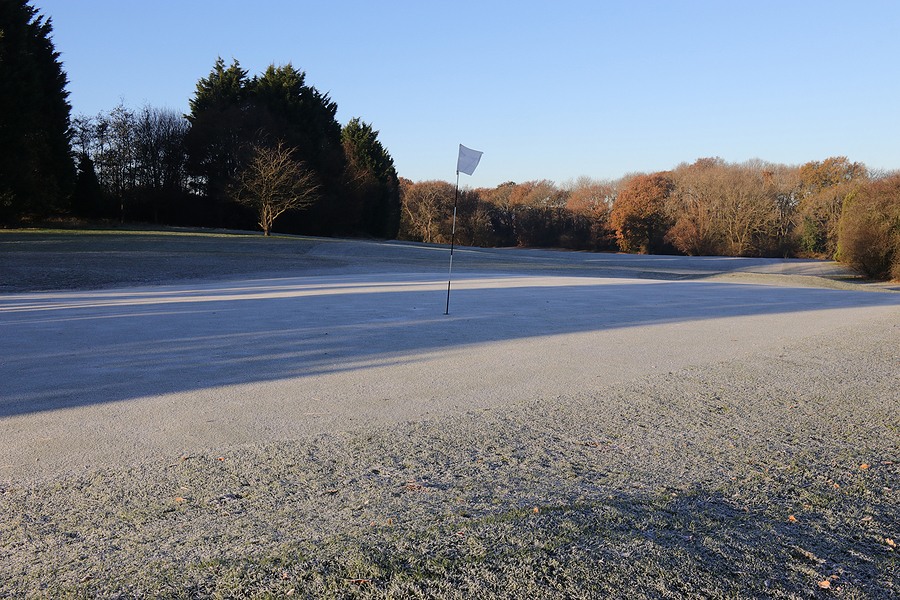
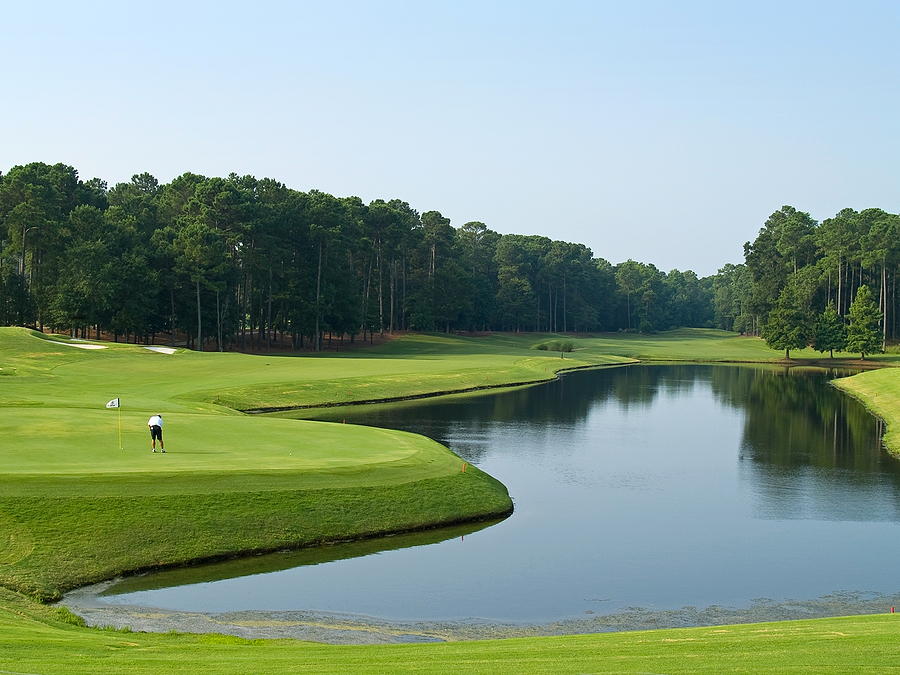
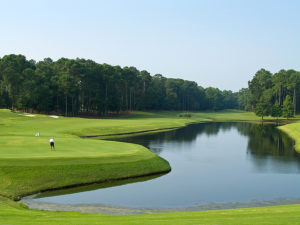 Though the bodies of water across a golf course are beautiful to look at, most golfers try to avoid them at all costs. For Superintendents, they are something they definitely can NOT avoid. They are an aspect of the course that requires constant attention, care and maintenance—ensuring that the water is clean and the quality high. The struggle lies in that it’s not easy or cheap to accomplish this, but it’s unavoidable.
Though the bodies of water across a golf course are beautiful to look at, most golfers try to avoid them at all costs. For Superintendents, they are something they definitely can NOT avoid. They are an aspect of the course that requires constant attention, care and maintenance—ensuring that the water is clean and the quality high. The struggle lies in that it’s not easy or cheap to accomplish this, but it’s unavoidable. 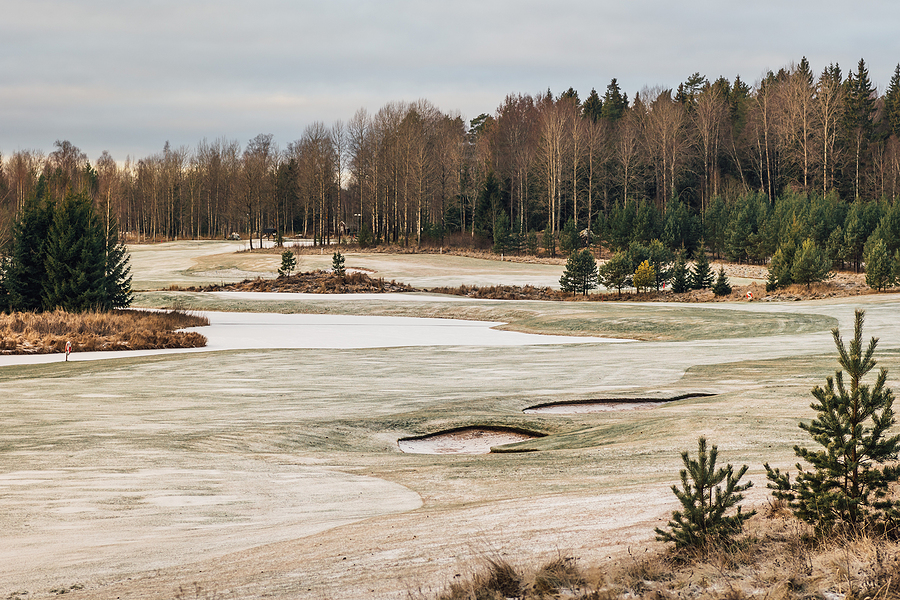
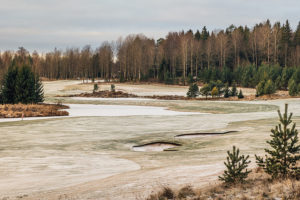 Winter is just around the corner, so as course traffic begins to slow for many clubs in the North, that doesn’t mean the course maintenance does. If you think about it, during the prime golfing season, a super’s focus is on general course maintenance and making sure daily play is the best it can be. But during the months when it’s too cold for golfing, this is the time to catch up, get organized and start planning for the next year. Here are some suggestions to help you be prepared come spring. Can you check all of these off your list?
Winter is just around the corner, so as course traffic begins to slow for many clubs in the North, that doesn’t mean the course maintenance does. If you think about it, during the prime golfing season, a super’s focus is on general course maintenance and making sure daily play is the best it can be. But during the months when it’s too cold for golfing, this is the time to catch up, get organized and start planning for the next year. Here are some suggestions to help you be prepared come spring. Can you check all of these off your list? 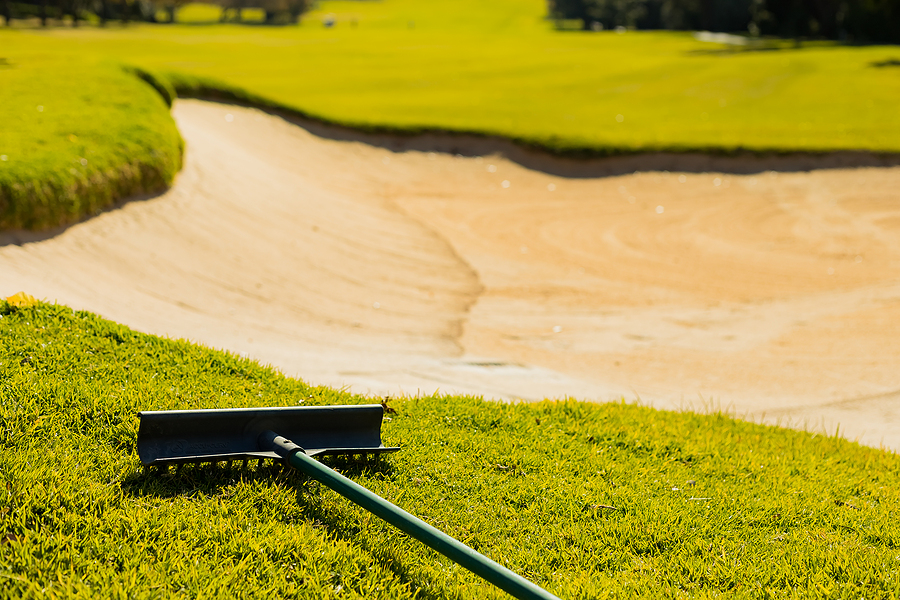
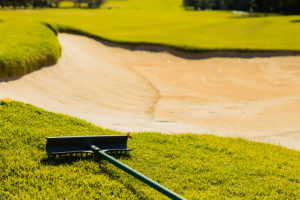 Whether you’re a golfer or a super, you most likely have very strong opinions on the topic of bunkers. For golfers, most groan when they see their ball land in the trap (though there are those times when the player will breathe a sigh of relief because the bunker saved him or her from a worse fate, like out of bounds or a water hazard). For course superintendents, they are a constant frustration due to the high level of maintenance involved and complaints from the membership when they aren’t maintained to their liking. To make matters worse, we now continue to face a global pandemic plus a recession, resulting in bunkers becoming a hot topic for numerous reasons.
Whether you’re a golfer or a super, you most likely have very strong opinions on the topic of bunkers. For golfers, most groan when they see their ball land in the trap (though there are those times when the player will breathe a sigh of relief because the bunker saved him or her from a worse fate, like out of bounds or a water hazard). For course superintendents, they are a constant frustration due to the high level of maintenance involved and complaints from the membership when they aren’t maintained to their liking. To make matters worse, we now continue to face a global pandemic plus a recession, resulting in bunkers becoming a hot topic for numerous reasons. 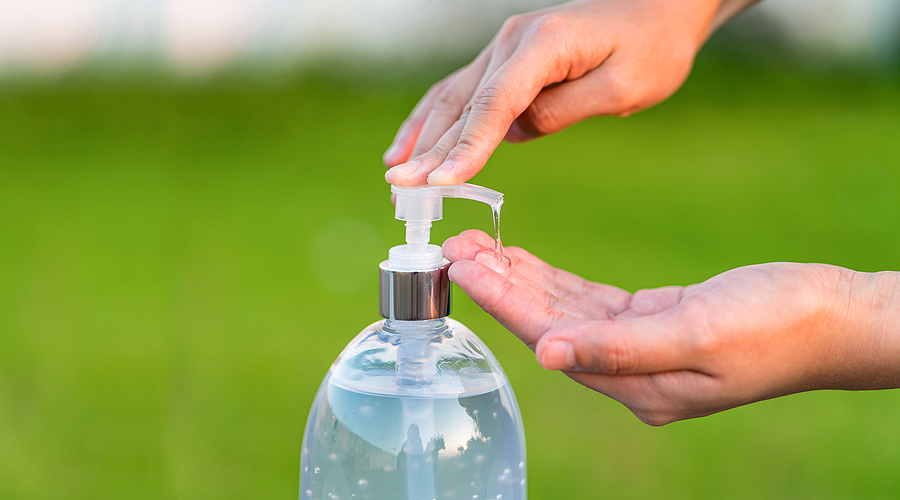
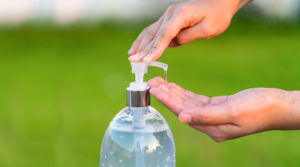 Throughout the ongoing fight against COVID-19, I think it’s safe to say we have all now learned the importance of washing your hands and using hand sanitizer. It truly is the best way to avoid spreading germs. Even on the course! However, though hand sanitizer helps your golfers play safely and comfortably, what is less commonly known is that hand sanitizer is harmful to your golf course turfgrass.
Throughout the ongoing fight against COVID-19, I think it’s safe to say we have all now learned the importance of washing your hands and using hand sanitizer. It truly is the best way to avoid spreading germs. Even on the course! However, though hand sanitizer helps your golfers play safely and comfortably, what is less commonly known is that hand sanitizer is harmful to your golf course turfgrass. 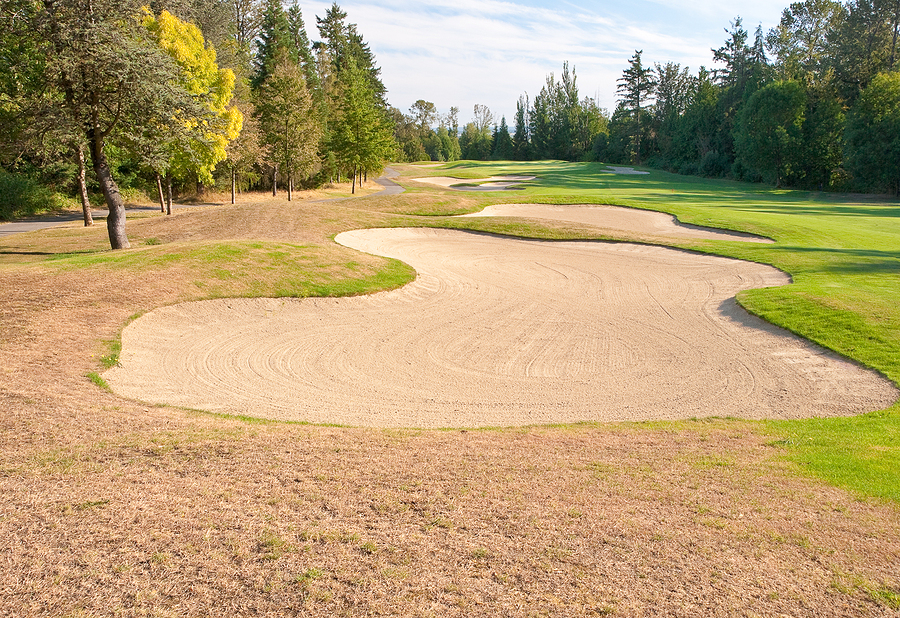
 When managing a golf course, it’s important to be prepared for the unexpected, especially when it comes to water. You never know when something like a pipe failure, a fire, or in most cases, lack of rainfall, will affect your course’s water supply. Since a golf course uses, on average, about
When managing a golf course, it’s important to be prepared for the unexpected, especially when it comes to water. You never know when something like a pipe failure, a fire, or in most cases, lack of rainfall, will affect your course’s water supply. Since a golf course uses, on average, about 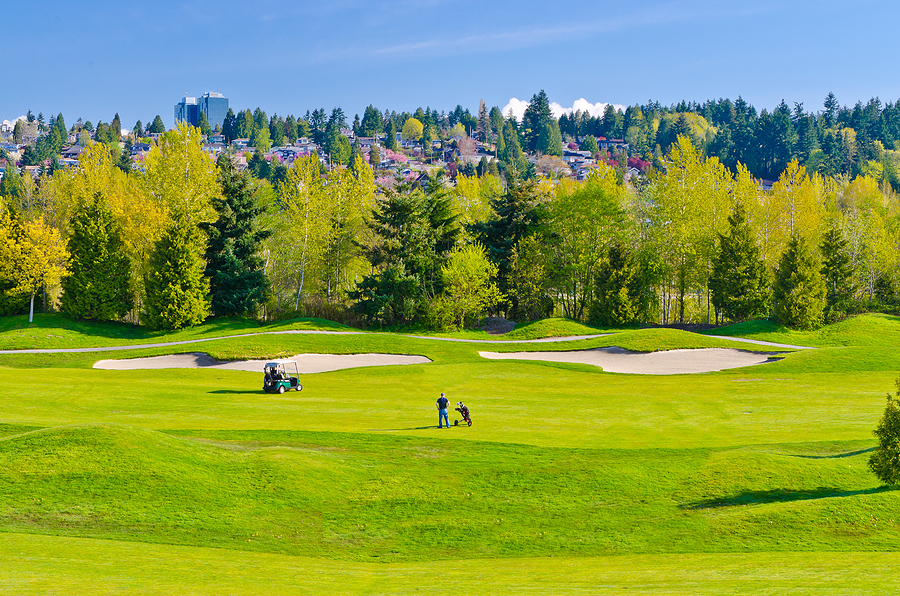
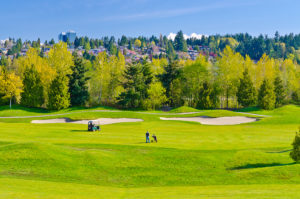 Though most golfers focus on getting to the green, most of their time is spent in the fairways. After all, fairways account for, on average,
Though most golfers focus on getting to the green, most of their time is spent in the fairways. After all, fairways account for, on average, 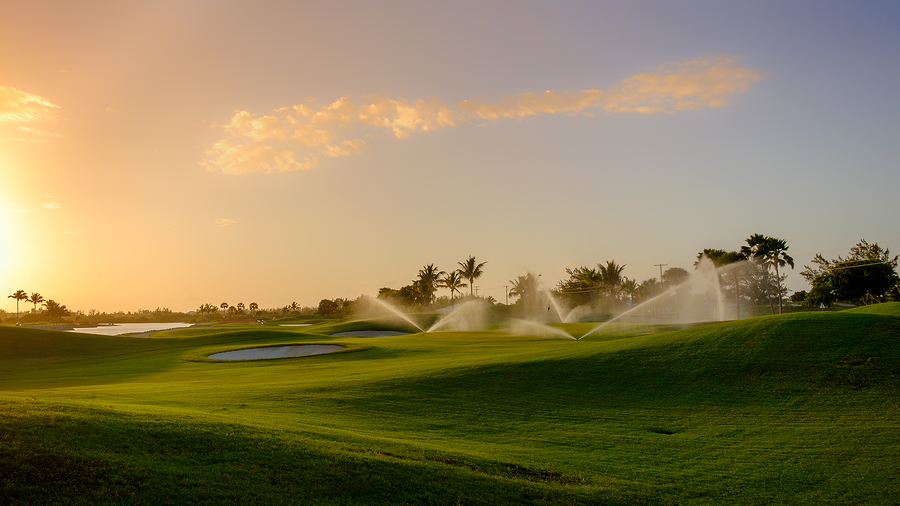
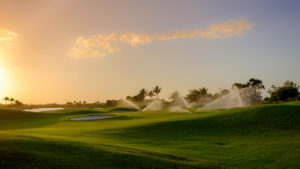 For golf course superintendents, the number one priority is to provide golfers with the best possible playing conditions. And as we all well know, that is no easy feat especially when it comes to turf management. Your course’s irrigation system plays a huge part in that. The challenge lies in the fact that it is probably the most expensive investment on a golf course but it can have the biggest impact. When considering making upgrades to your course’s irrigation system, it’s important to understand what’s really involved. Here’s a glimpse at the reality.
For golf course superintendents, the number one priority is to provide golfers with the best possible playing conditions. And as we all well know, that is no easy feat especially when it comes to turf management. Your course’s irrigation system plays a huge part in that. The challenge lies in the fact that it is probably the most expensive investment on a golf course but it can have the biggest impact. When considering making upgrades to your course’s irrigation system, it’s important to understand what’s really involved. Here’s a glimpse at the reality. 
 There are plenty of frustrating moments on the golf course. For players, when a drive lands in a water hazard, a green is misread, or a heavy rainstorm hits in the middle of a great round can all send them over the edge. For golf course supers, when equipment breaks down right before a major tournament, a greens committee micromanages your work, or turf that just won’t cooperate are examples of the frustration we face every day. Like everything in life, some things are out of a manager’s control and it comes with the job. But other problems, like spring dead spot popping up, are manageable.
There are plenty of frustrating moments on the golf course. For players, when a drive lands in a water hazard, a green is misread, or a heavy rainstorm hits in the middle of a great round can all send them over the edge. For golf course supers, when equipment breaks down right before a major tournament, a greens committee micromanages your work, or turf that just won’t cooperate are examples of the frustration we face every day. Like everything in life, some things are out of a manager’s control and it comes with the job. But other problems, like spring dead spot popping up, are manageable. 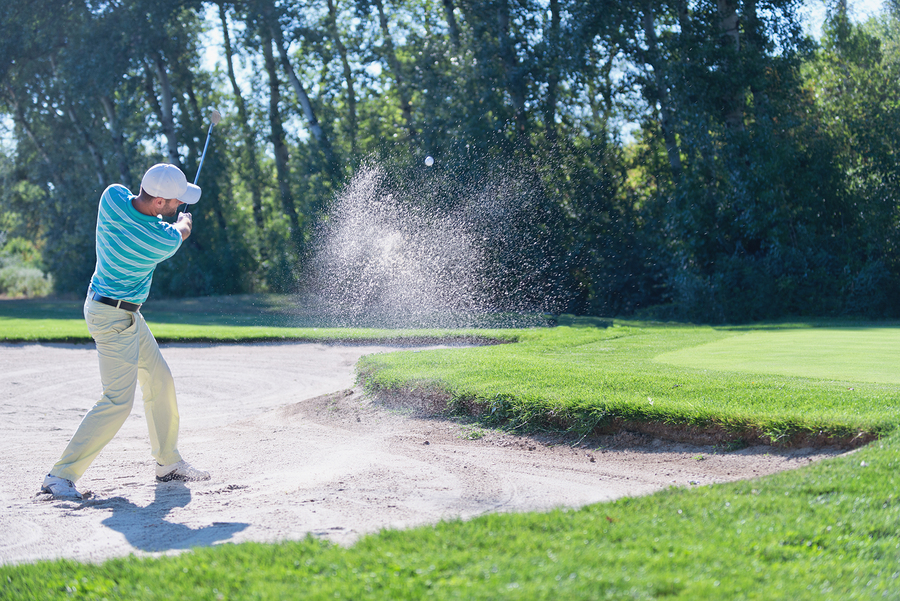
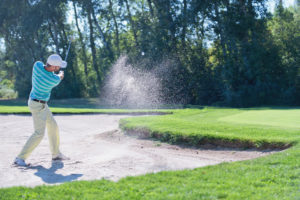 No one likes a sand trap. Golfers hate it when they see their beautifully hit shot land in a bunker and course superintendents despise maintaining them. But there’s no getting away from them. As we all know, they’re a key component of any golf course to give players a challenge, plus it adds to the aesthetics of each hole. So to keep your bunkers looking beautiful (and your members as happy as they can be on the beach), they should be regularly maintained and, eventually, rebuilt or renovated.
No one likes a sand trap. Golfers hate it when they see their beautifully hit shot land in a bunker and course superintendents despise maintaining them. But there’s no getting away from them. As we all know, they’re a key component of any golf course to give players a challenge, plus it adds to the aesthetics of each hole. So to keep your bunkers looking beautiful (and your members as happy as they can be on the beach), they should be regularly maintained and, eventually, rebuilt or renovated.